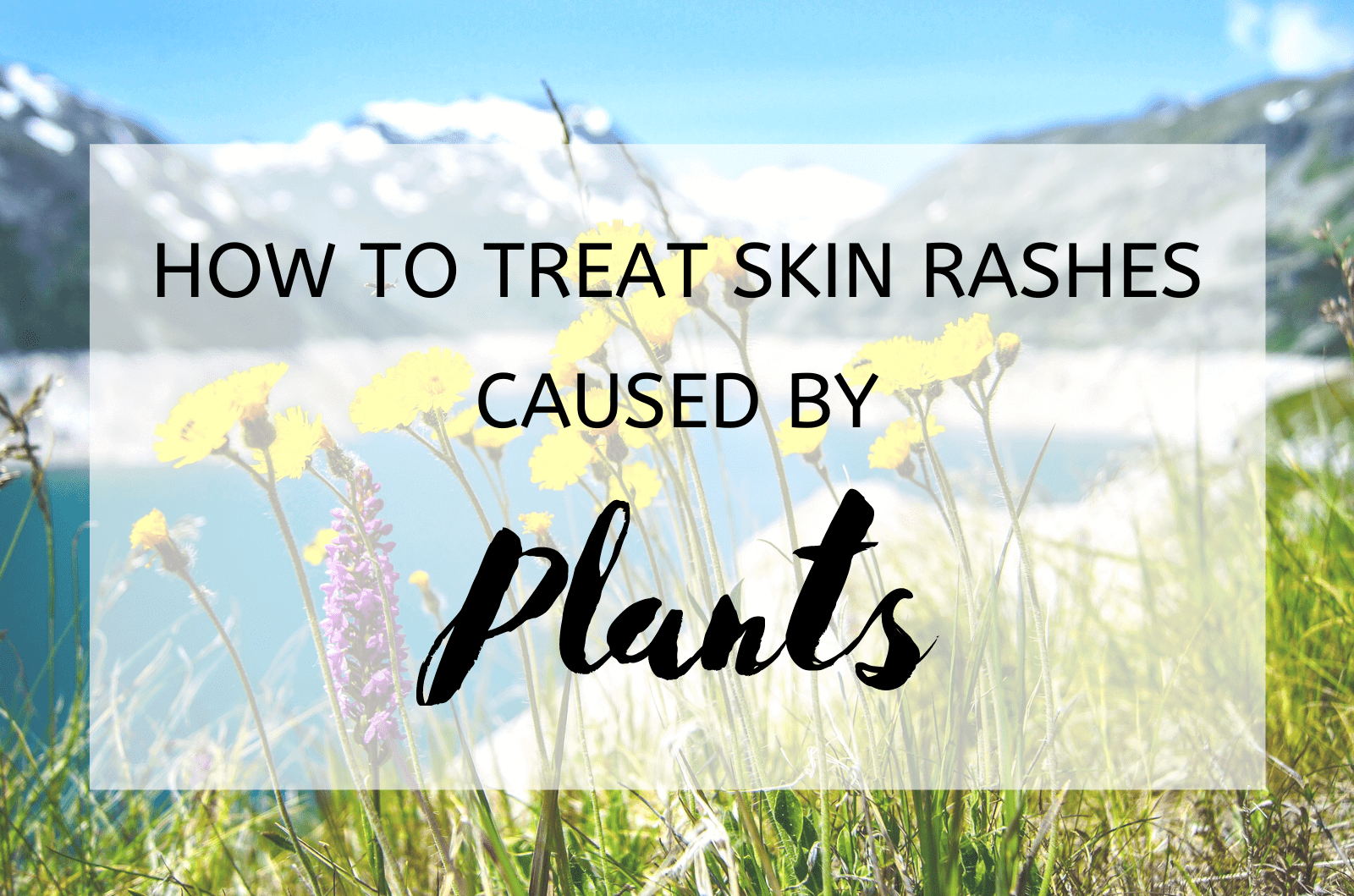
10 Plants that Can Cause a Rash
- Poison Ivy
- Poison Oak
- Poison Sumac
- Stinging Nettle
- Wood Nettle
- Giant Hogweed
- Wild Parsnip
- Baby’s Breath
- Leadwort
- Ragweed
While you’ll typically avoid most of these plants in your daily life, you can come into contact with one through no fault of your own. For example, Baby’s Breath is a plant you can be subjected to when you receive a beautiful bouquet from someone who is thinking about you.
If, however, you allow the baby’s breath to dry, it can cause you to develop a rash. The most common allergic reaction to Baby’s Breath affects the sinuses and can even exacerbate asthma symptoms.
Here are six steps to take to alleviate a rash should you come into contact with one of these plants.
1. Avoid Touching
The first step to take when dealing with a rash caused by a plant is to avoid touching or rubbing the rash. This may take a bit of willpower as the natural reaction to a rash, especially an itchy one, is to touch, rub, or scratch the affected area. Touching the affected area will often spread the rash and cause you more discomfort. Avoid touching the area as best as you can.
2. Avoid Sunlight Exposure
Rashes from plants typically become more irritated as the body or outside temperature rises. To reduce discomfort, it is best to avoid exposure to sunlight. Additionally, some of the poisons in plants that cause rashes are activated by ultraviolet radiation, meaning that exposure to sunlight will increase the allergic response.
3. Rinse the Area
Rinse the affected rash area thoroughly. Wash with either rubbing alcohol, soap, and water, or other detergents. This will help to prevent any oils from the plant from spreading.
4. Remove Fine Hairs
Sometimes, with many of the rash-inducing plants mentioned above, contact with the plant will leave fine hairs on your skin. This is often the case with plants like the stinging or wood nettle. If you notice these hairs on your skin, remove them either by using duct tape or hair-removing wax.
5. Alleviate Discomfort
The next step to take after removing the oils and hairs of the rash-inducing plant is to alleviate any discomfort. You can do this by using an over-the-counter rash reliever. Some great choices for rash relief are oatmeal packs, oatmeal baths, calamine lotion, or hydrocortisone cream. These treatments will help to alleviate discomfort and reduce redness, blisters, or any swelling that might have occurred.
6. Take an Antihistamine
Another step to implement if the discomfort is still occurring is to take an over-the-counter antihistamine like Benadryl. This will help slow down the allergic reactions. It is important to note that you should be cautious to avoid driving when taking this type of medication as it can cause drowsiness.
If none of the above steps alleviate your symptoms or your symptoms are causing discomfort, seek the care of a medical professional for more professional care of your rash.
In the unfortunate event that you come into contact with a plant that causes rashes, make sure to have this information on hand for future reference. The infographic below will help you to identify rash-inducing plants and treat any related symptoms as quickly as possible.



